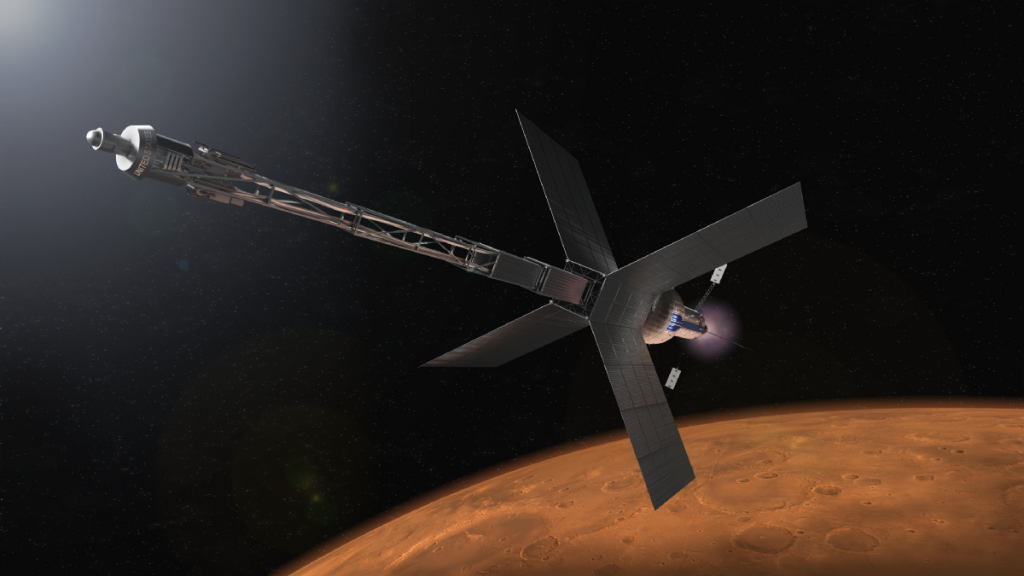Nuclear fusion-powered rockets might just be around the corner.
UK rocket company Pulsar Fusion has been awarded funding from the UK Space Agency to develop “integrated nuclear fission-based power systems for electric propulsion”, a press statement shared with IE via email reveals.
They will work with the Universities of Cambridge and Southampton, and Nuclear AMRC to bring green rocket technology, in the form of fusion propulsion, to reality.
Pulsar Fusion’s mission is to eventually harness nuclear fusion to build hyper-speed rocket technology.
In the company’s press release, Pulsar Fusion says, “while nuclear fusion may be the answer to the energy crisis it is also the answer to in-orbit satellite management, in addition to deep space exploration. [Pulsar] believes the only way the human race can ever leave the solar system in a lifetime is with fusion propulsion.”

The company also makes multiple types of rocket engines. This includes the largest and most powerful electric spacecraft engine in Europe, which has been independently tested by scientists at the University of Southampton via a government-funded initiative in 2021.
The company held a series of successful tests on its engine last November (2021) at the Cranfield Ordnance Test and Evaluation Centre (COTEC), a UK Ministry of Defence military base in Salisbury, Wilts. Before that, it also successfully executed an international demonstration for space clients in Switzerland.
“Pulsar has built and tested the most powerful electric propulsion engines in Europe,” Dr. James Lambert, Head of Operations at Pulsar, explained.
“Combining this part of our propulsion portfolio with nuclear fission reactor technology is perfectly suited to the company’s skillsets and I am delighted that this has been recognized by the UKSA. The project will help us to build relationships and gather important data that will contribute towards our longer-term ambitions for nuclear fusion propulsion.”
Pulsar Fusion also received UK government funding in September last year to help develop its Mach-7 Hall Effect Thruster, or HET, plasma satellite engines, which are capable of 20-kilometer-per-second particle exhaust speeds.


